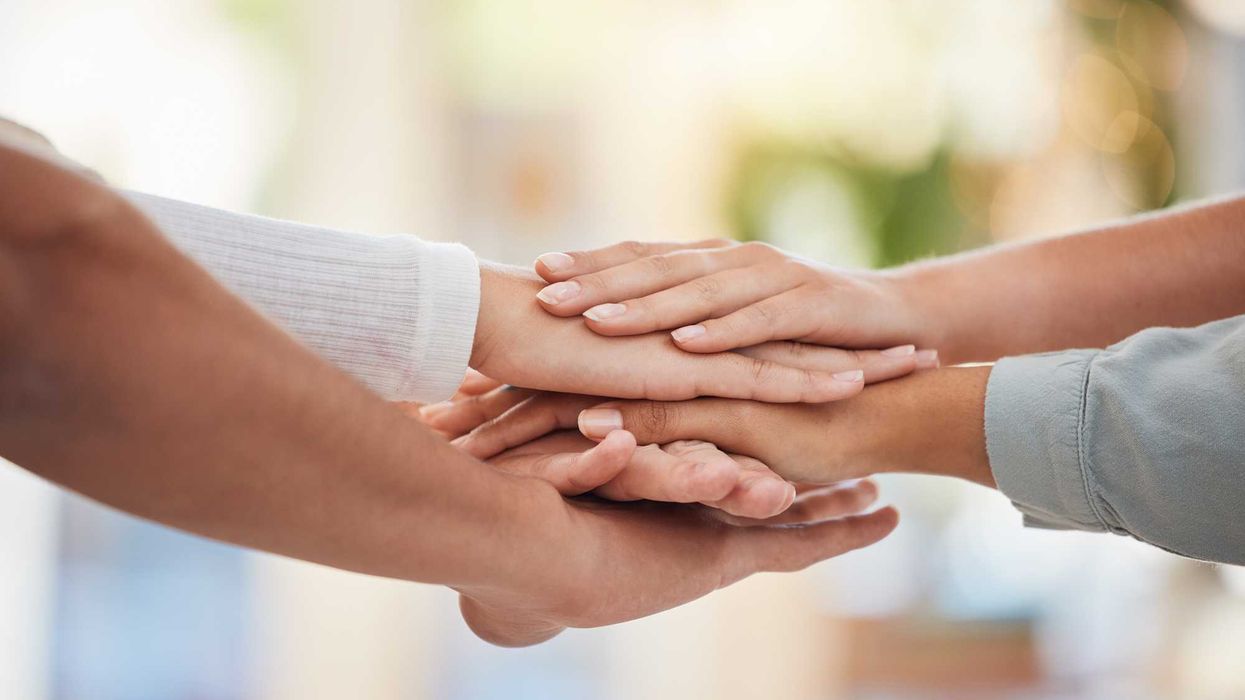Kevin Frazier will join the Crump College of Law at St. Thomas University as an Assistant Professor starting this Fall. He currently is a clerk on the Montana Supreme Court.
Judicial independence is a cornerstone of a strong democracy. Blatant efforts by Israel’s Prime Minister Benjamin Netanyahu to chip away at that foundation by weakening the Israeli judicial branch have unsurprisingly and rightfully caused hundreds of thousands of Israelis to vigorously protest. Likewise, defenders of the rule of law from around the world have decried the proposed assault on the nation’s courts. The strength of these protests reflects the seriousness of the alternative to an independent judiciary: minority and vulnerable communities left with no branch of government designed or incentivized to look out for their interests.
American leaders are among those who compelled Netanyahu and his allies to table the overhaul. Yet, those same leaders have not looked at the threats facing their own judiciaries.
In states across the country, state legislators are attempting to pass some, if not all, of the same types of reforms being considered in Israel. As of December 2022, the Brennan Center had identified at least 74 bills in 25 states that would have politicized or undermined the independence of state courts. Four states went so far as to enact bills enabling the override of state court decisions or prohibiting state officials from enforcing particular laws. One state initially made their process for selecting judges more partisan -- a u-turn from a century-long progression of states attempting to make judicial selection more nonpartisan and more focused on judicial, rather than political competence.
Though the independence of state supreme courts is on the line, Americans have largely remained on the sidelines — seemingly unaware or unconcerned about efforts to turn courts into rubber stamps of legislative and executive action. This lack of action should concern anyone who values the rule of law. If the people do not rally to defend their state courts, then three outcomes are likely:
First, qualified lawyers who strive to fairly apply the law in a neutral and accurate manner will not be selected to state supreme courts. Judicial selection mechanisms have been and continue to be trending toward capture by special interest and partisan powers. Rule of law advocates need to pushback against any proposal that will make judges — in law or in practice — beholden to a narrow set of stakeholders who can exert undue influence on judicial candidates.
Second, once state supreme court justices look more like politicians than neutral adjudicators, minority communities may doubt the legitimacy of court opinions. This lack of trust will create a sort of doom loop: diminished trust in the courts will facilitate diminished trust in the parties and powers that seized control of the courts and so on, until faith in political institutions becomes impossible to revive.
Earlier in American history, reformers turned such a lack of faith into fuel for overhauls of judicial selection. Concerns about excessive influence by partisan actors over the appointment process gave rise to judicial elections in the 1840s. When those elections failed to enhance judicial independence, reformers again channeled popular distrust into necessary reform — most recently by passing the Missouri Plan (subjecting justices to votes of popular confidence after having been initially selected by a merit commission). No such reform has caught on in recent decades — accentuating and accelerating the doom loop of distrust in institutions.
Third, widespread and entrenched doubts in our political institutions will encourage drastic efforts to restore public faith. Rather than experiment with the incremental reforms that helped stem and reverse distrust in previous moments of doubt, pressure will mount to destroy systems rather than nudge them.
The sky is not falling in Israel nor in the US. But Israelis have recognized that the destabilization of the courts is a step toward a bleak future. Americans need to wake up to the nightmare scenarios being explored in their state legislatures. The judicial branch used to be conceived as weak, but in the hands of a motivated political majority, courts can be wielded as a tool against those most in need of protection.





















